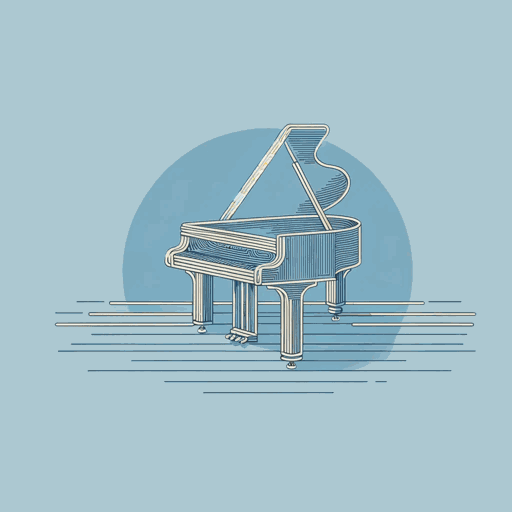20 pages • 40 minutes read
Langston HughesThe Weary Blues
Fiction | Poem | Adult | Published in 1926A modern alternative to SparkNotes and CliffsNotes, SuperSummary offers high-quality Study Guides with detailed chapter summaries and analysis of major themes, characters, and more.
Literary Devices
Form and Meter
Langston Hughes’ “The Weary Blues” is in the form of a free-verse poem. As the term implies, Hughes is free to make the lines as long or as short as he wants and to include as many or as few beats as he pleases. The free verse allows Hughes to capture the musician's “syncopated tune” (Line 1). The uneven line lengths represent the displaced beats and the improvisational rhythm of blues and jazz music.
Yet the poem isn’t as free as it might look. There is something of a predictable rhyme scheme as the longer lines tend to rhyme, and the shorter interjections don’t rhyme. For example, Lines 1 and 2 rhyme. The interjection—“I heard a Negro play” (Line 3)— doesn’t rhyme. Yet the next two longer lines (Lines 4 and 5) do rhyme. There are also rhymes within lines, with “ebony” and “ivory” rhyming in Line 9, and “chords” plus “more” rhyming in Line 24. The rhymes don’t establish a traditional meter—iambic pentameter, for example. However, the diverse rhymes link to the free-flowing meter in blues songs and jazz music due to the stress on 







Related Titles
By Langston Hughes
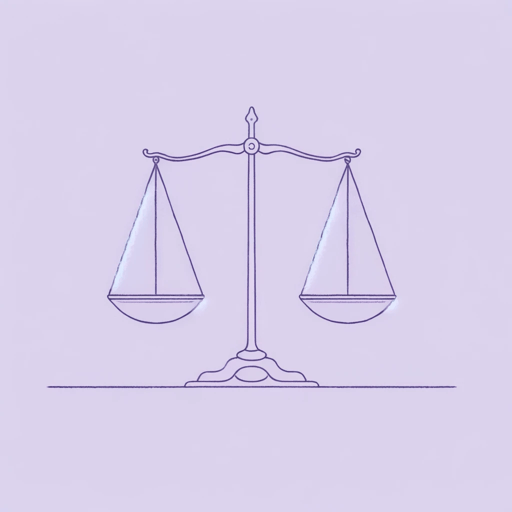
Children’s Rhymes
Langston Hughes
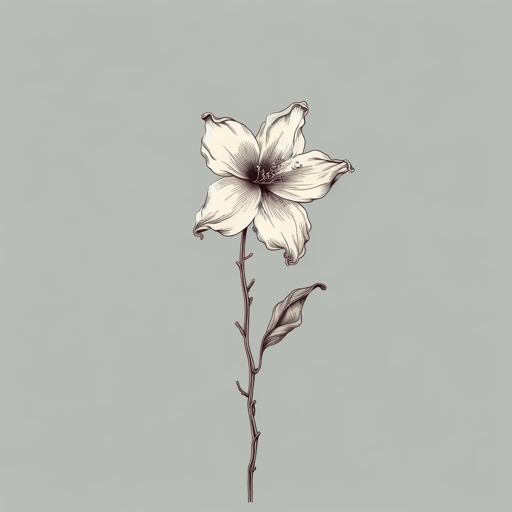
Cora Unashamed
Langston Hughes
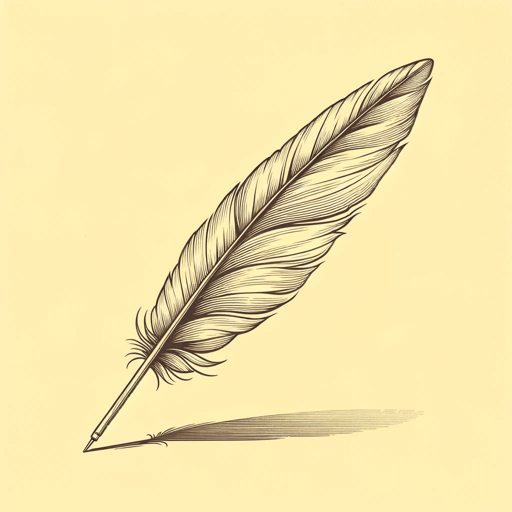
Dreams
Langston Hughes
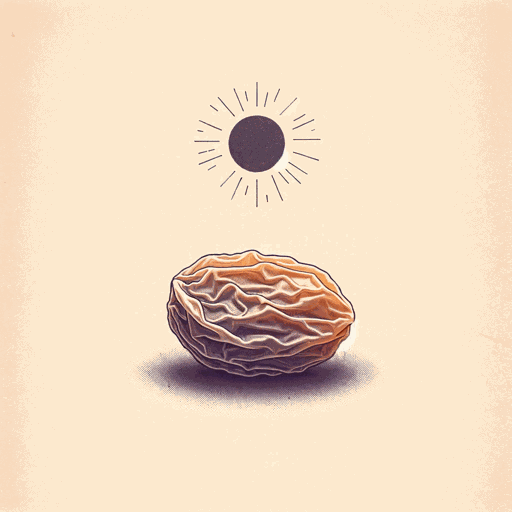
Harlem
Langston Hughes
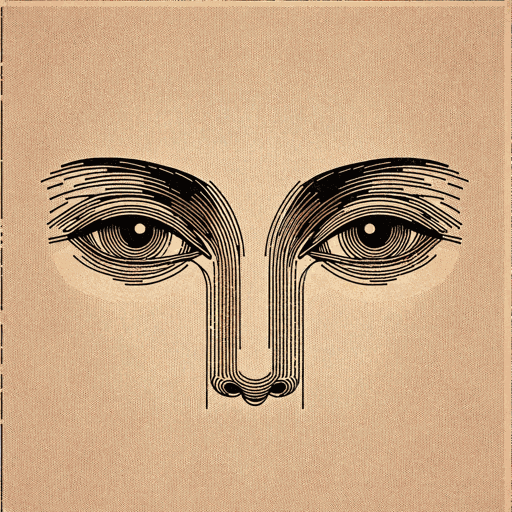
I look at the world
Langston Hughes
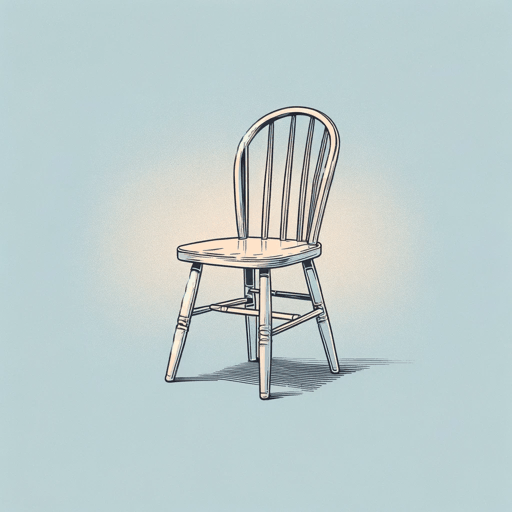
I, Too
Langston Hughes
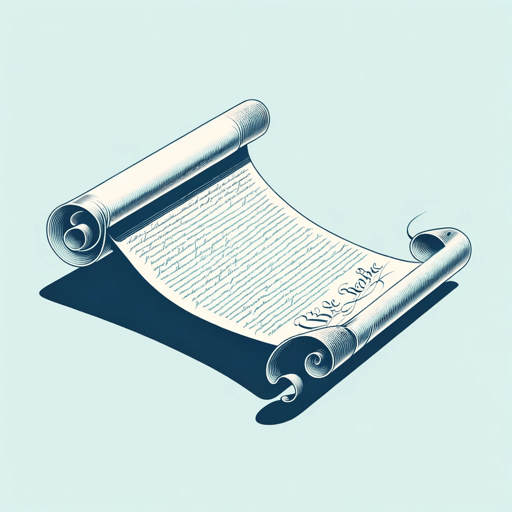
Let America Be America Again
Langston Hughes
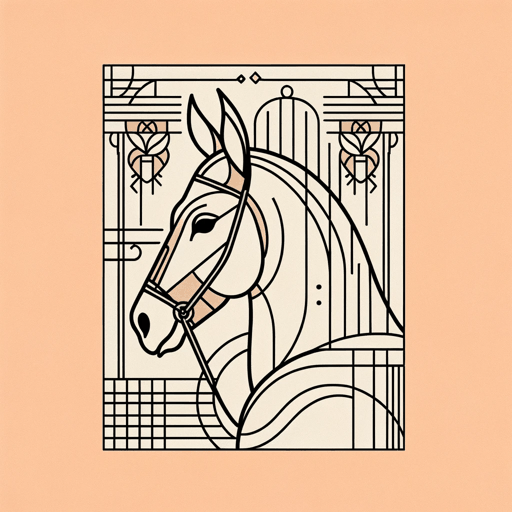
Me and the Mule
Langston Hughes

Mother to Son
Langston Hughes

Mulatto
Langston Hughes

Mule Bone: A Comedy of Negro Life
Langston Hughes, Zora Neale Hurston
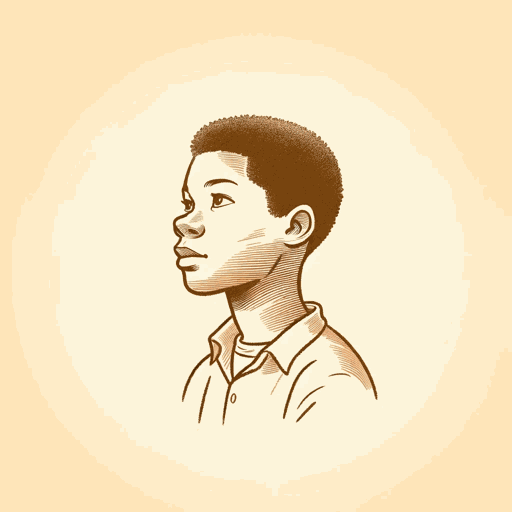
Not Without Laughter
Langston Hughes
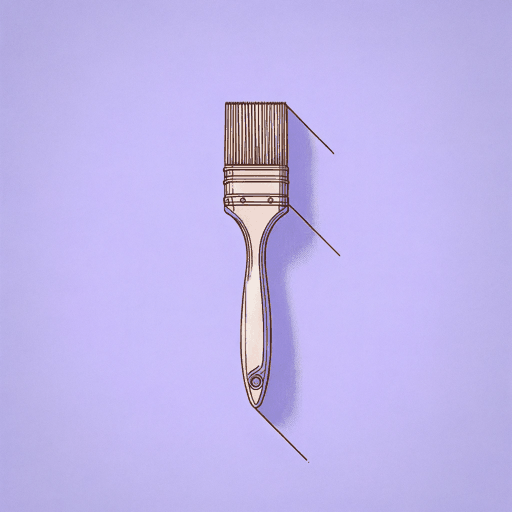
Slave on the Block
Langston Hughes
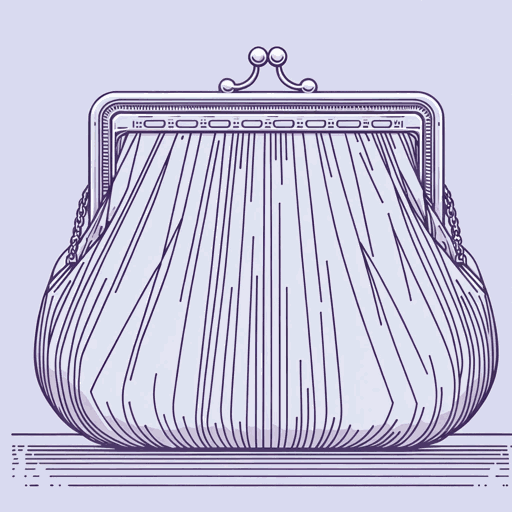
Thank You, M'am
Langston Hughes

The Big Sea
Langston Hughes
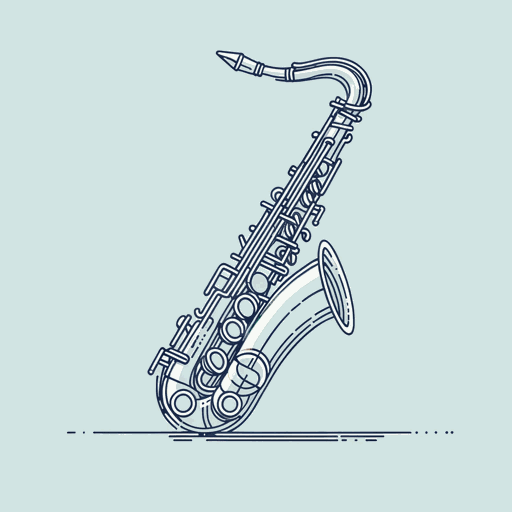
Theme for English B
Langston Hughes
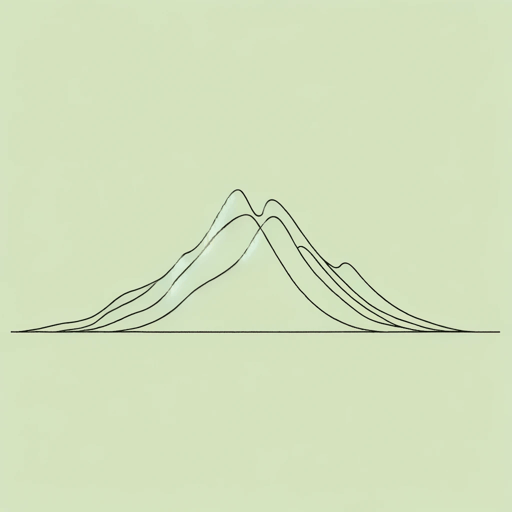
The Negro Artist and the Racial Mountain
Langston Hughes
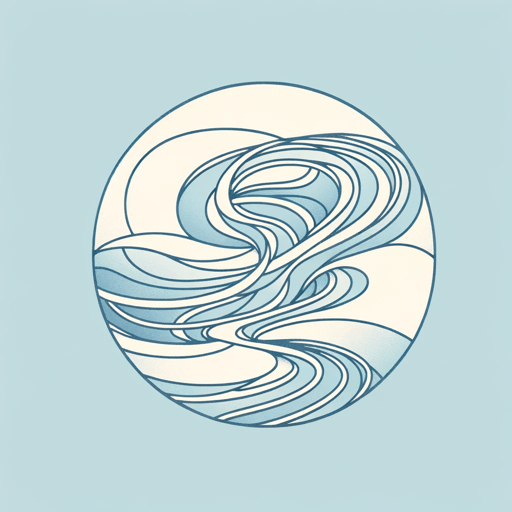
The Negro Speaks of Rivers
Langston Hughes
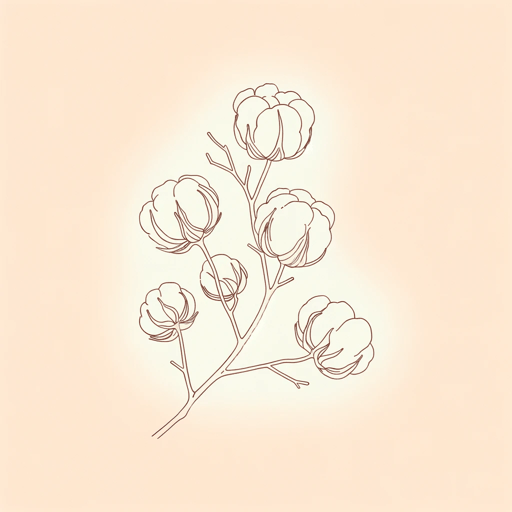
The Ways of White Folks
Langston Hughes

Tired
Langston Hughes
